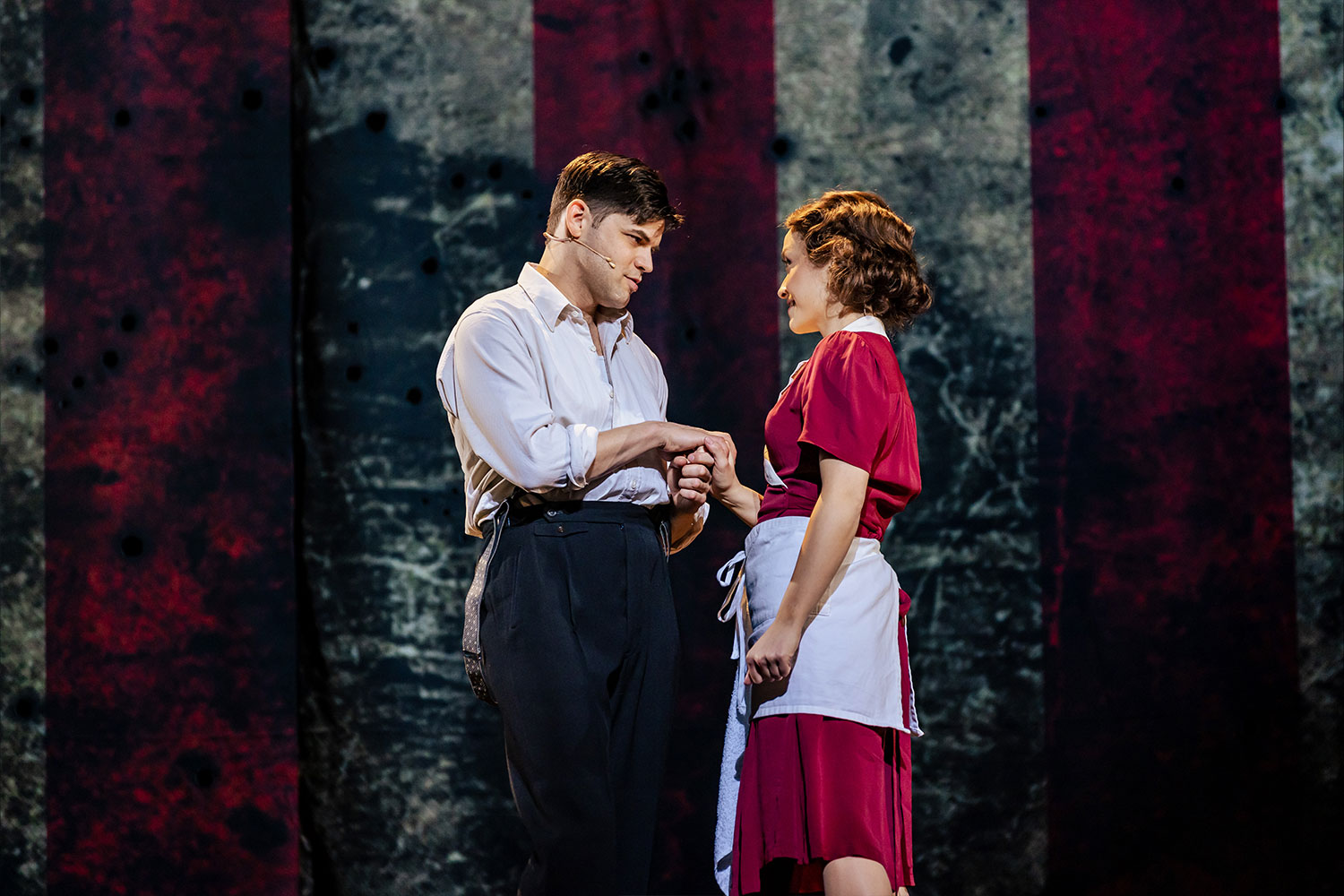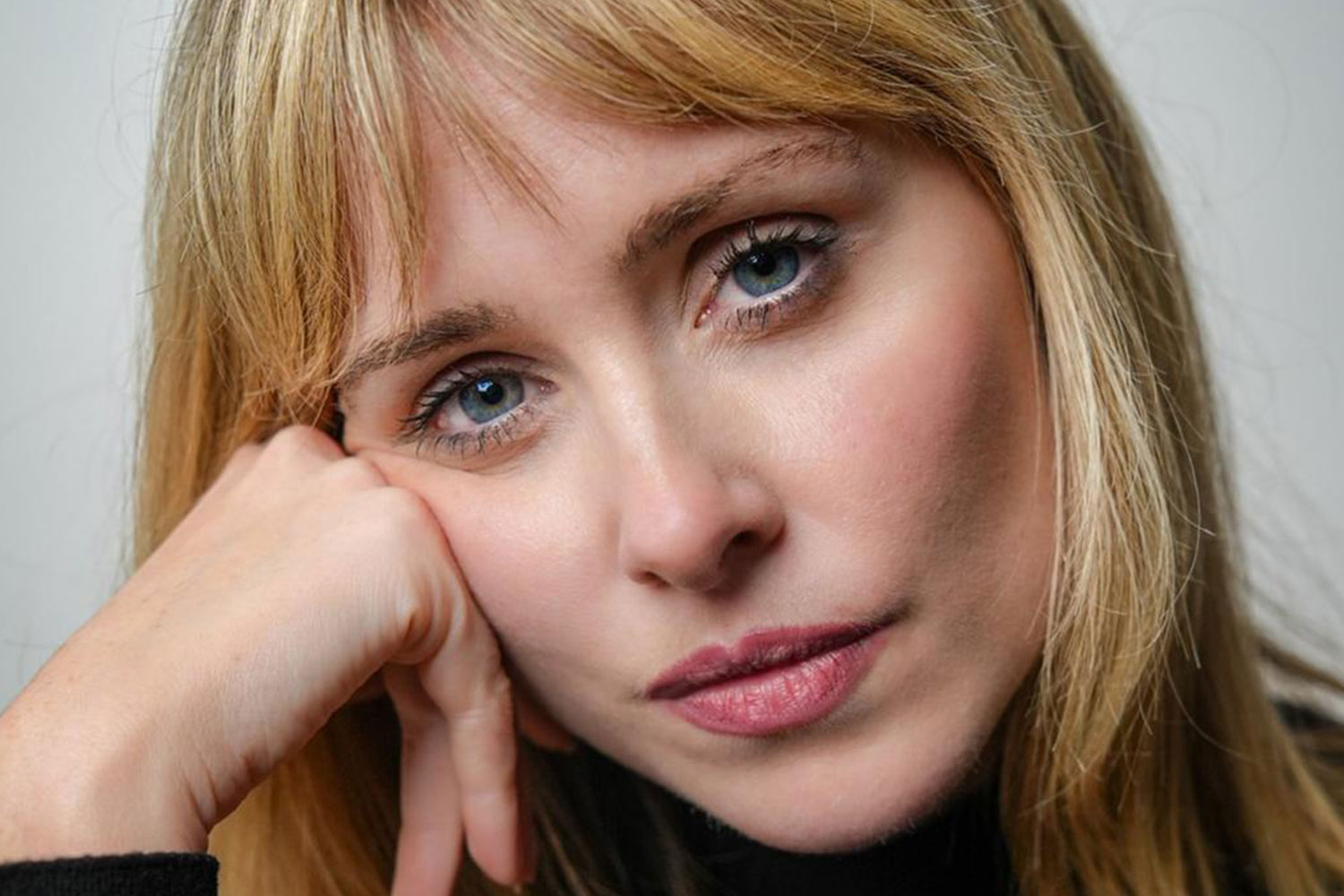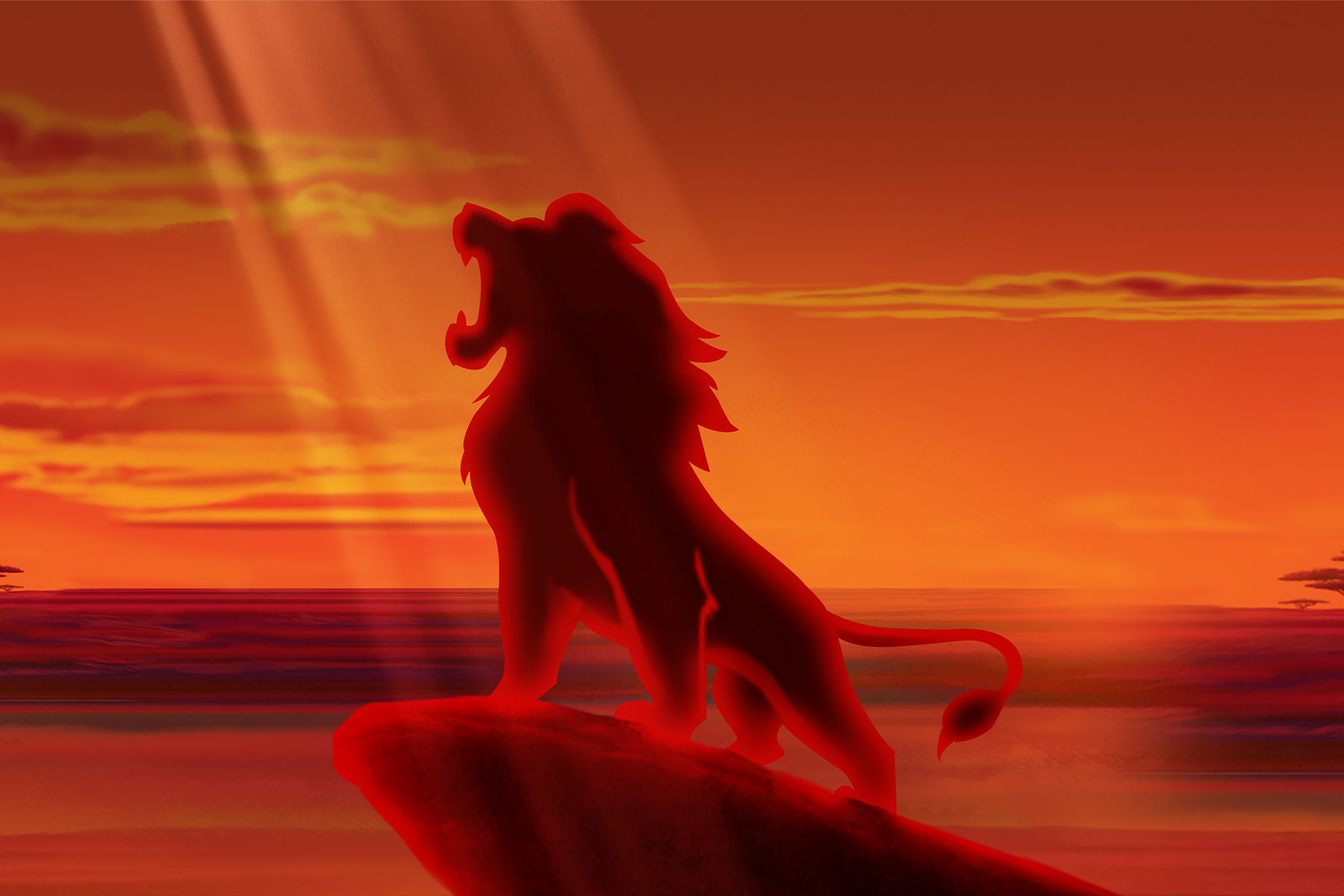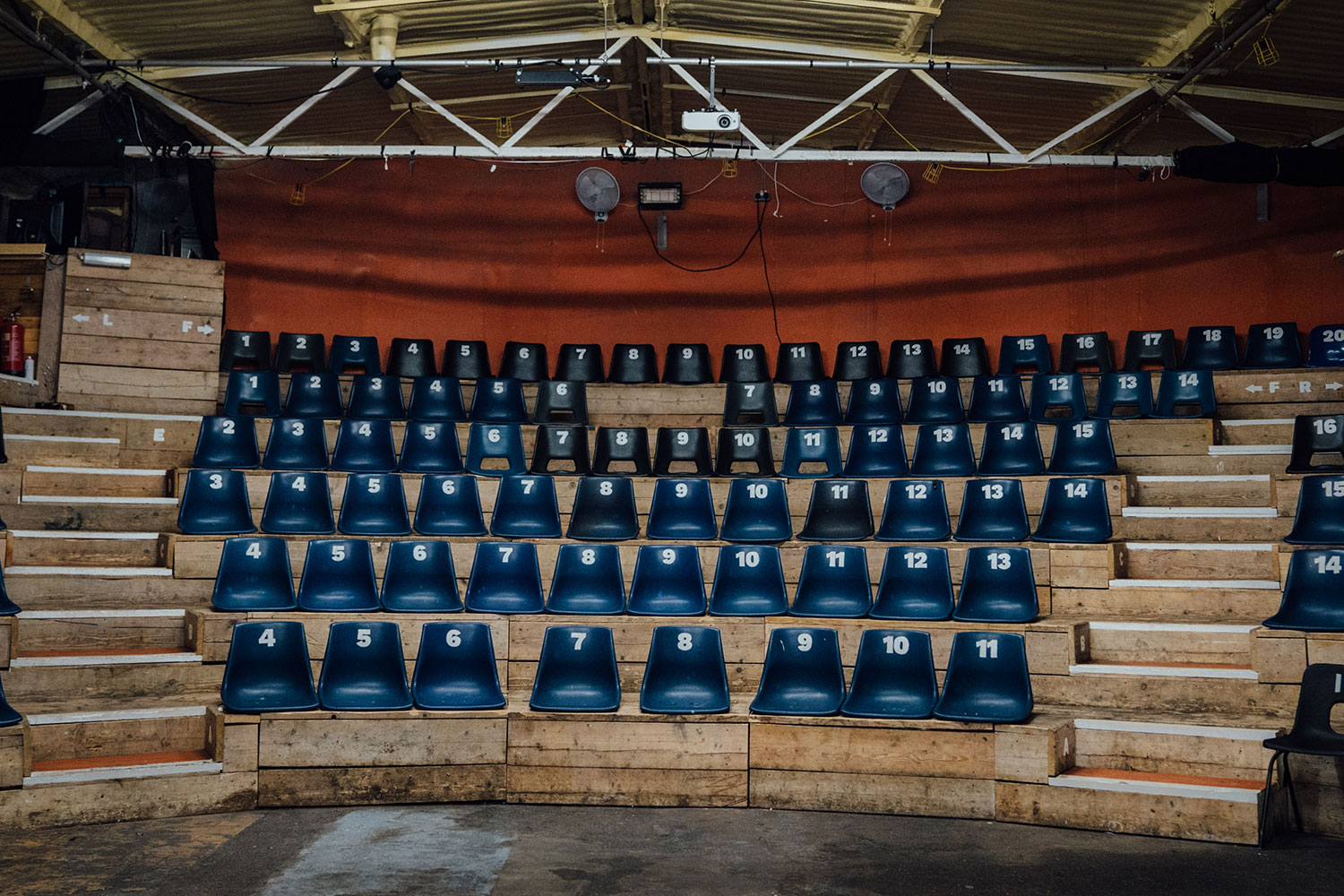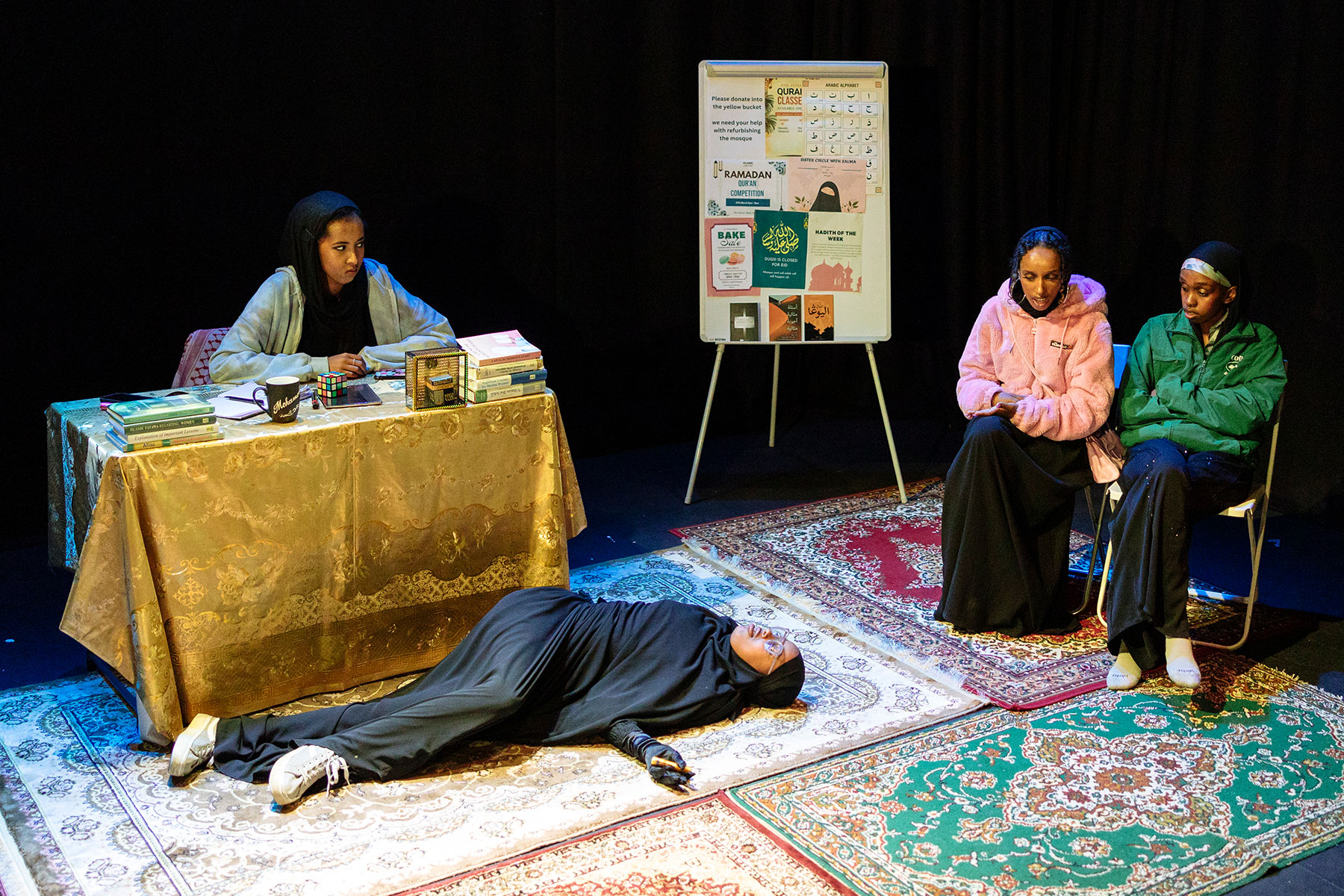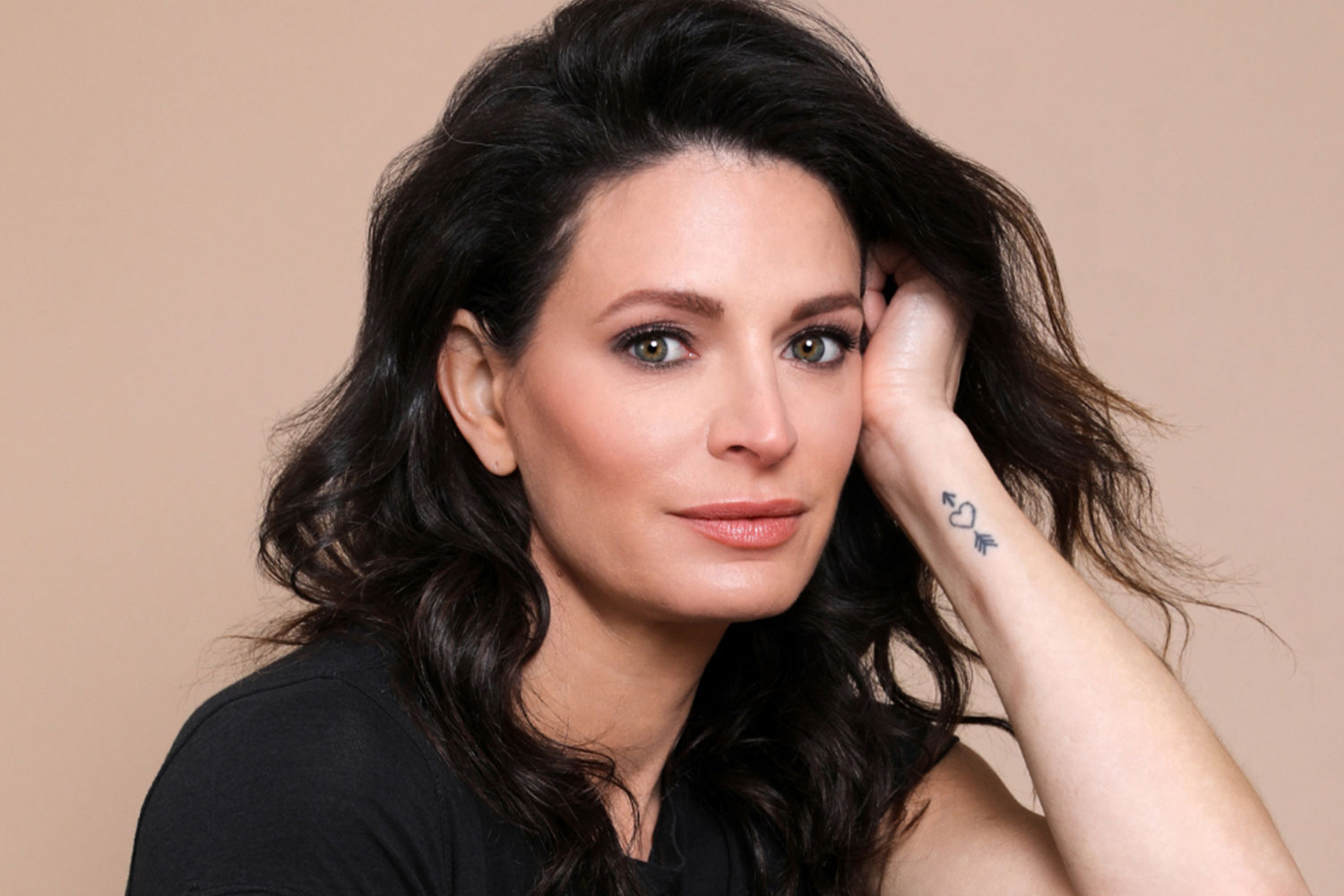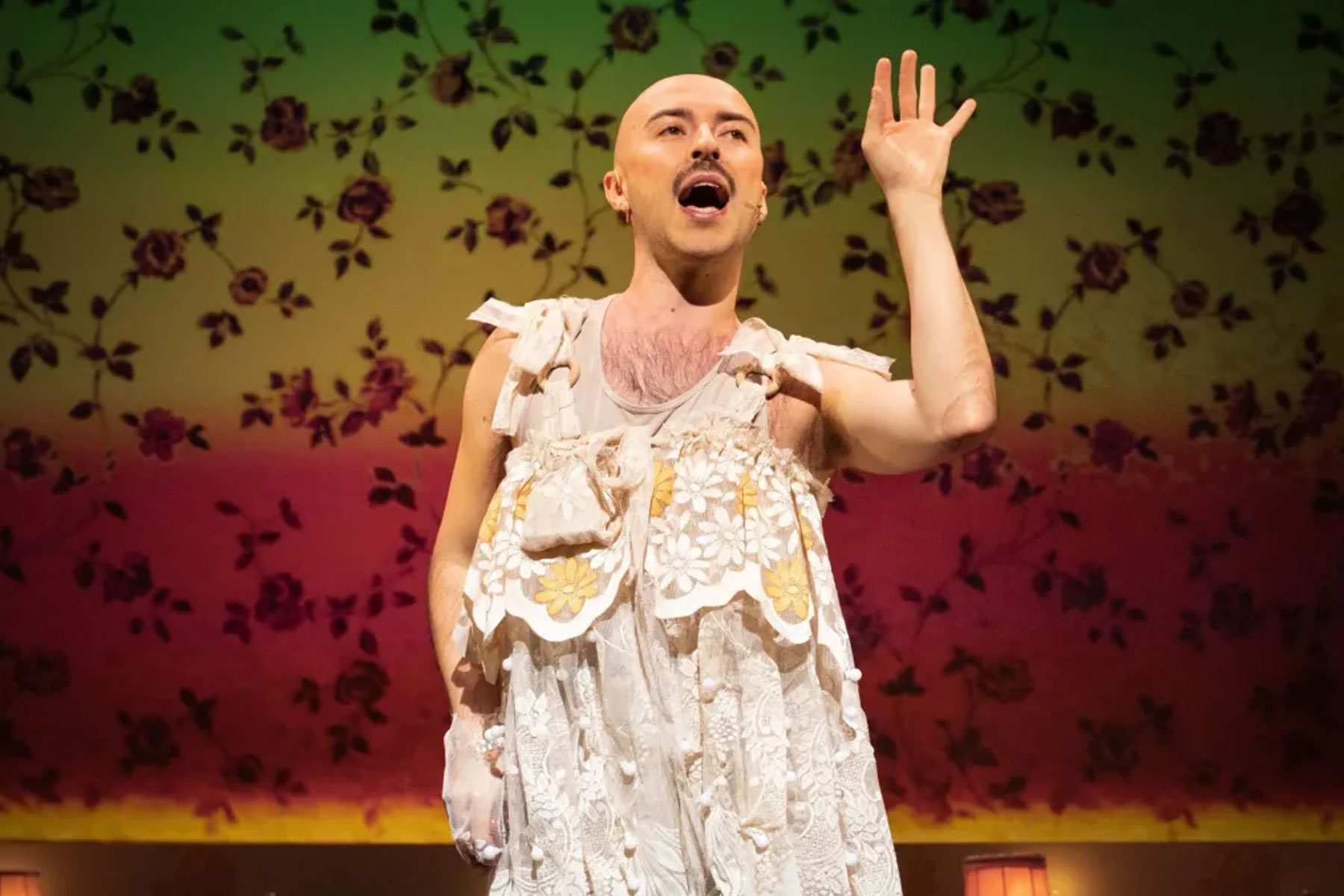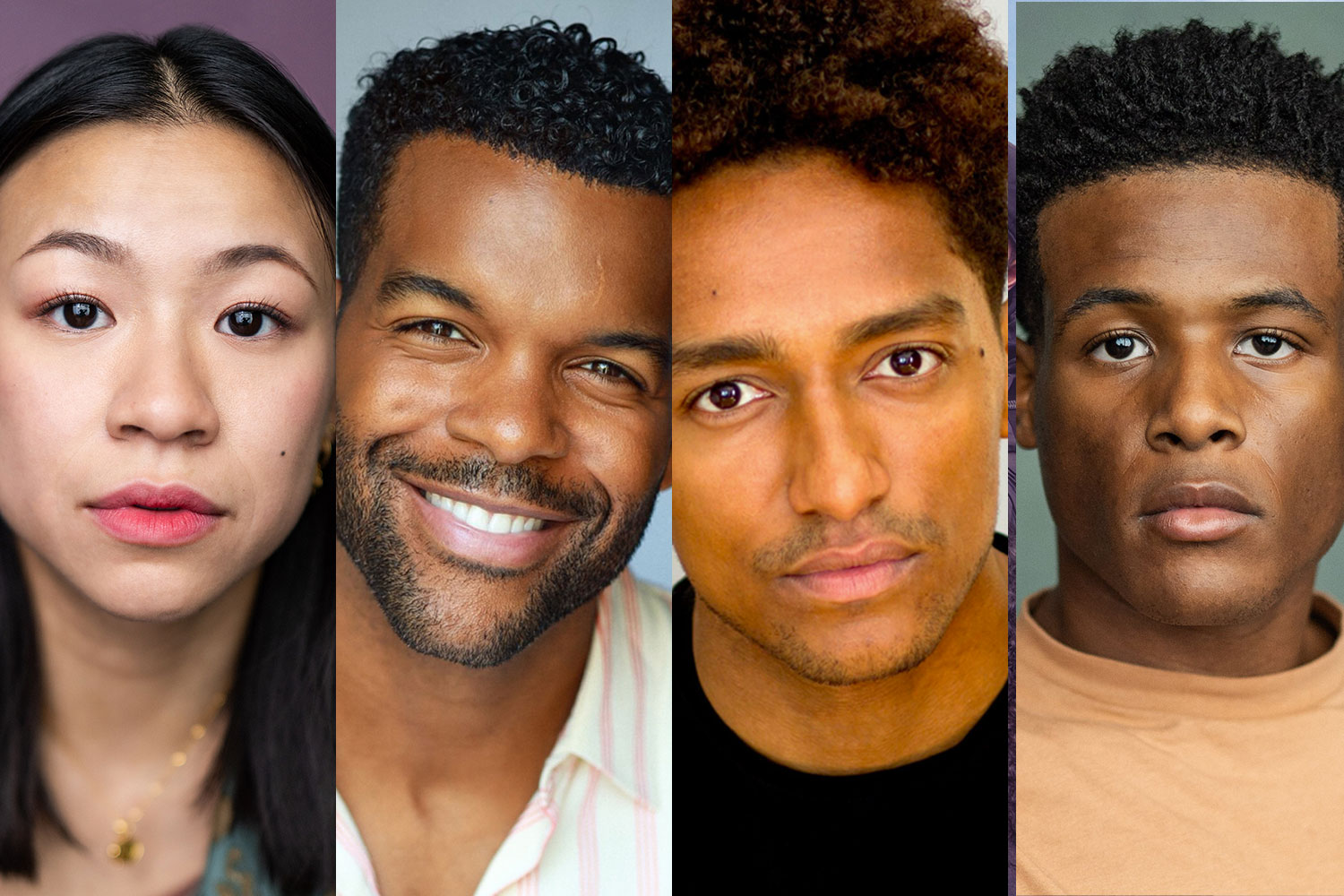As Matthew Bourne’s world premiere of Dorian Gray hits town tonight (2 September 2008) for a limited season to 14 September at Sadler’s Wells, the home base for the director/choreographer’s New Adventures company, we trawl through last week’s reviews from the Edinburgh International Festival. The dance drama had a brief stint at Edinburgh’s King’s Theatre, where it ran from 22 to 30 August and became the biggest selling dance show in the history of the EIF (See News, 22 Aug 2008).
Set in the image-obsessed world of contemporary art and politics, in Bourne’s version of Oscar Wilde’s 1890 novel The Picture of Dorian Gray, the title character is a beautiful London ‘It boy’, in icon of beauty and truth in an increasingly ugly world. This alluring young man makes a pact with the devil.
Dorian Gray reunites Bourne with the team behind 2003’s double Olivier Award-winning Play Without Words: designer Lez Brotherston, composer Terry Davies and lighting designer Paule Constable. The company is led by Richard Winsor as Dorian, Michela Meazza as Lady H (a variation of Lord Henry Wotton) and Aaron Sillis as Basil Hallward. Other cast members include Scott Ambler, Ashley Bain, Jared Hageman, Chris Marney and Shaun Walters.
Critical reaction to the Edinburgh premiere was mixed, with some hailing a “disturbing” and “gripping” interpretation of Wilde’s novel, while others were left unsatisfied by “threadbare choreography” and a “soul-destroying score”. The performances were generally appreciated, with Richard Winsor’s “pouting” portrayal of the title character and Michela Meazza’s “elegant” Lady H coming in for particular praise, although some critics bemoaned the “missed opportunities” apparent in some of the supporting roles.
Joe Pike on Whatsonstage.com (four stars) – “Bourne’s new work … has far darker themes than most of his back catalogue: decadence, debauchery and narcissism for starters. It proves a hedonistic if not wholly satisfying experience … Nods to Damien Hirst and even Jonathan Ross provide a bit of light relief as does a brief vaudevillian bed scene. Bourne’s long-time collaborator Lez Brotherston’s set provides deceptively simple depictions of Bourne’s world of indulgence and Terry Davies’ distinctive score adds to the sense of excess. As we’re presented with the transition through Dorian’s downfall, clothes become dirty and the music menacing … The cast are strong and the choreography stylish yet the second act (Dorian’s downfall) feels loose and the audience are markedly less captivated. Uncharacteristically for Bourne, this show doesn’t end on a high, but that shouldn’t put you off what is a brave and dramatic adaptation of a disturbing story.”
Sarah Crompton in the Daily Telegraph – “No one is better than Matthew Bourne at finding ways to re-imagine old stories in new dance. So when he announced that he was taking Oscar Wilde’s The Picture of Dorian Gray and transmuting into the present day … it seemed the perfect match … Bourne’s decision to update it seems a clever one. What is disappointing, however, is that in changing the piece he has mislaid the essence of its fascination – that key image of hidden decay. It begins brilliantly … But with Dorian’s plunge into darkness, Bourne’s chutzpah seems to desert him. The pounding score of Terry Davies, which has provided adequate accompaniment to the fashionable cavortings, lacks resonance for a descent into tragedy. The arrival of a doppelganger confuses rather than clarifies: is he the latest thing or Dorian’s conscience? … In the end, Bourne’s inability to find an exact analogy for the mouldering portrait proves the production’s undoing. A peeling poster with graffiti-scrawled red eyes or a portrait of Dorian as a heroin addict don’t quite do it.”
Sanjoy Roy in the Guardian (two stars) – “Bourne seems so wrapped up in the dramatic subtext that he neglects the material itself. Dorian looks like an underwear model even when he has just got out of bed; after his ‘transformation’ to supermodel by the company beauticians, he looks like an underwear model in a sharp suit. The under-realised themes show up some threadbare choreography: lots of posing and pop-video formations … Two characters feel like missed opportunities. One is ballet dancer Cyril Vane (Chris Marney) – a vision of love when Dorian sees him on stage, but an airheaded narcissist off stage, who points his feet during sex and even dies in a beguiling pose. The other is a mysterious doppelganger (Jared Hageman) who haunts Dorian as he descends into a world of drugs and murder. With both, we feel on the brink of a dramatic revelation – but it never comes … Ultimately, the piece is much more interesting for what it could do than what it does do – which is apt for a work about the mismatch between subtext and surface.”
Kelly Apter in the Scotsman (four stars) – “Fame, and its associated highs and lows, is the central theme of Matthew Bourne‘s new production. It’s a liberal – in every sense – adaptation of Oscar Wilde’s book, which highlights the consequences of changing from a nobody into a somebody. As promised, Bourne doesn’t shy away from the implied homosexuality in Wilde’s novel – within minutes of meeting, Dorian and Basil Hallward are embroiled in an alcohol-fuelled sex session, which sees them stripped down to their boxer shorts … Although Bourne’s trademark humour only raises its head on a few occasions, he makes up for it in style and drama. Leaving the theatre after a Bourne production usually finds you smiling or wiping away tears. Dorian Gray leaves you pondersome and slightly disturbed – which is probably what Bourne had in mind.”
Zoe Anderson in the Independent (four stars) – “Although Bourne is a deft storyteller, his choreography isn’t about steps. His gift is for showing character through movement. How his dancers stand and look at one another matters more than footwork. There are far too many pure dance scenes in Dorian Gray, all padding … When Bourne shows us the reality, it’s awkward, much less dancey, but gripping. Lez Brotherston‘s designs can set up a scene or a character in an instant, and Terry Davies‘ atmospheric score moves from sinister hums to plucked mandolin. The cast are terrific. Richard Winsor is a pouting Dorian, switching in an instant from vulnerability to viciousness. Michela Meazza is all elegant lines and angles as Lady H, and Jared Hageman is a quietly sinister doppelganger. The corps may have too much posing to do, but they come to life when they spot Dorian: something they want, something they need.”
Debra Craine in The Times (two stars) – “Bourne’s imagination has hardly been taxed by the erotic tousling, endless miming and self-conscious posturing that here passes for choreography. The repetitive succession of gay duets, straight couplings and group gropes is tiresome and unconvincing. The pas de trois with Dorian, Basil and his camera does have its moments, but their stylised man-on-man action goes on so long that it begins to feel like a bad porn flick … an impression heightened by Terry Davies‘ soul-destroying score, a vacuous composition that veers between bad porn and bad sci-fi. Lez Brotherston designs a clever revolving set that takes us from bedroom to bathroom, from gallery to photographer’s studio, from opera house to posh party. His costumes – white for Dorian and his evil doppelganger … black for everyone else – favour men in tight underwear. As Dorian, Richard Winsor has to hold the whole together, which he does admirably, despite having so little to work with. But what a wasted opportunity.”
– by Theo Bosanquet



